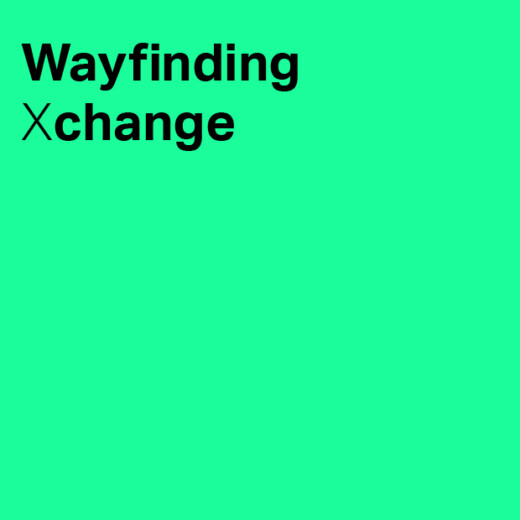A career rooted in curiosity about identity
San-San’s interest in branding stemmed from an early age. Born and educated in London of Hong Kong descent, she describes herself as a blended person, always curious about her own sense of self and identity, wondering how she fitted in and how she was different.
As a teenager, brands were about recognition, labels that attracted her, like Calvin Klein perfumes or oversized NAF NAF sweatshirts. After studying French and Spanish at university, she responded to an ad for a design agency in the back of Design Week, starting her professional journey.
Her first role was creating names and identities for music bands, with her claim to fame being the album cover for Westlife and packaging for Sony games like Gran Turismo. She moved on to branding agency Lambie-Nairn, working directly under Martin Lambie-Nairn, who she credits with helping her understand branding in its simplest form. There, she worked with brands like the BBC, O2, FIFA, and the Diana Memorial Fund across multiple sectors, solidifying her belief in the true value of brand.
Why branding matters in the built environment
San-San believes the built environment is simply a physical manifestation of a brand. Brands are intangible, and buildings are tangible, branding brings the two together by creating an environment where the brand’s essence can play out.
She describes branding as the soul of a place, not just its visual identity, typeface, or logo. While architects, interior designers, and developers often work in silos, she argues that brand should come first, informing all other disciplines. Everyone involved is searching for “the nugget of something that means something” to connect with people and bring a building to life.
“If everybody started from the same point and co-created the original essence or intent of what the brand is going to be, then it becomes a unifying force for everything.”
Brand as the experience of a place: Andaz Bali, by Hyatt
To illustrate her point, San-San describes Latitude’s work with Endpoint on the Andaz Bali, by Hyatt. While Andaz itself has a strong global brand, each property celebrates a strong “sense of place”. Latitude helped them create an idyllic village feel, using local architecture and a masterplan that fitted seamlessly into its surroundings.
The concept was “a village within a village”, with a centralised village square surrounded by residences and food & beverage outlets to create a vibrant, bustling atmosphere. All the printed resort collateral was grainy and nostalgic, with locally sourced materials and purposeful design decisions telling a consistent story. Signage was crafted from local teak wood, elevating authenticity.
They explored nearby villages for cultural patterns and inspirations to infuse into the resort narrative. Even the naming of restaurants reflected the brand’s honest simplicity, with names like Wok Wok
and Fisherman’s Club. Rejecting rigid design structures, they incorporated multiple typefaces and used hanging signs to mirror authentic village stalls.
“Collaboration is critical,” says San-San. “Everybody has a valid opinion, it helps you interrogate a problem through different lenses to make it as robust as possible.”
Beyond a badge on the door: The rise of branded residences
Discussing branded residences in Dubai, San-San believes brand influence should go beyond a name on the door. Residents expect to experience the brand in some way, whether through services, amenities, or affiliations that reflect its philosophy.
She contrasts this with hotels, where brands already create deep guest-centred experiences. By comparison, a Mercedes-branded residence could feel disconnected from the brand’s core meaning unless they embody its values and service ethos.
“Brands are omnipresent, especially in a noisy market like Dubai. You have to be clear about who you are and what you do.”
In mixed-use developments, where people use one place for multiple reasons, the central brand story becomes even more critical to knit all elements together into an authentic, cohesive destination that keeps people coming back.
Branding cities and countries: Can you articulate the essence?
San-San has yet to be asked to brand an entire country but has explored city branding. She gives Helsinki Airport as an example, where the vibe, materiality, and lighting work together to let travellers feel their destination the moment they arrive.
In newer Middle Eastern cities and airports, branding is becoming central to design. These places often have little history to draw from, so creating a compelling story to attract people becomes paramount.
“Airports are becoming less functional and more representative of their destination, a gateway to a wider place experience.”
To learn more about Latitude, visit: https://www.latitudeworldwide.com
Listen on Spotify: https://open.spotify.com/episo...
Listen on Apple Podcasts: https://podcasts.apple.com/gb/...



